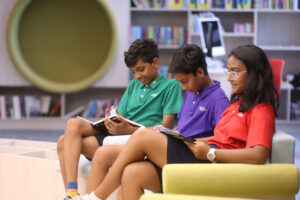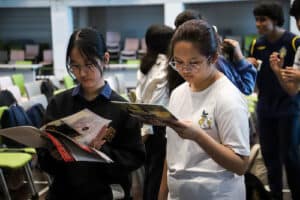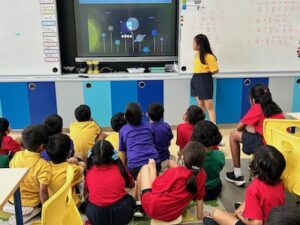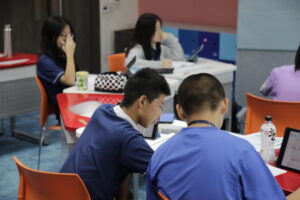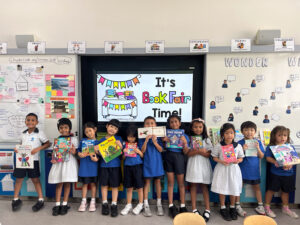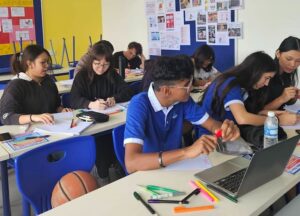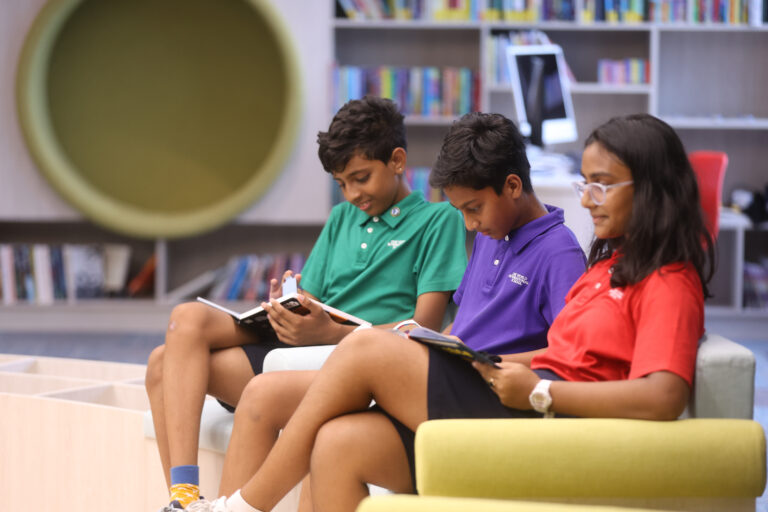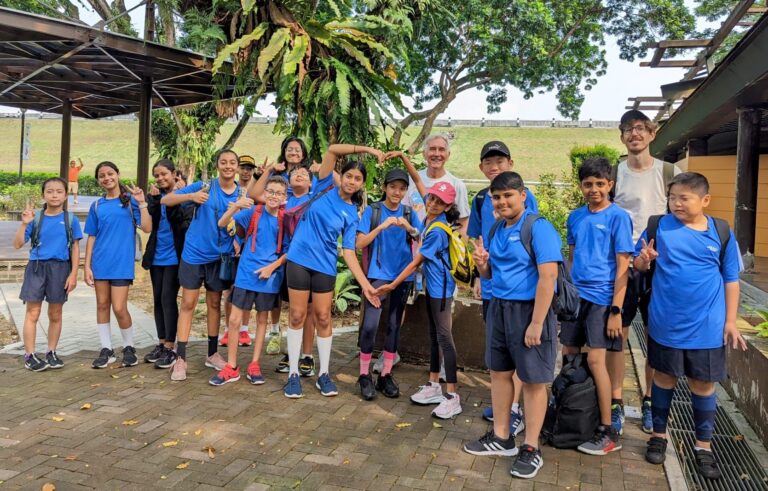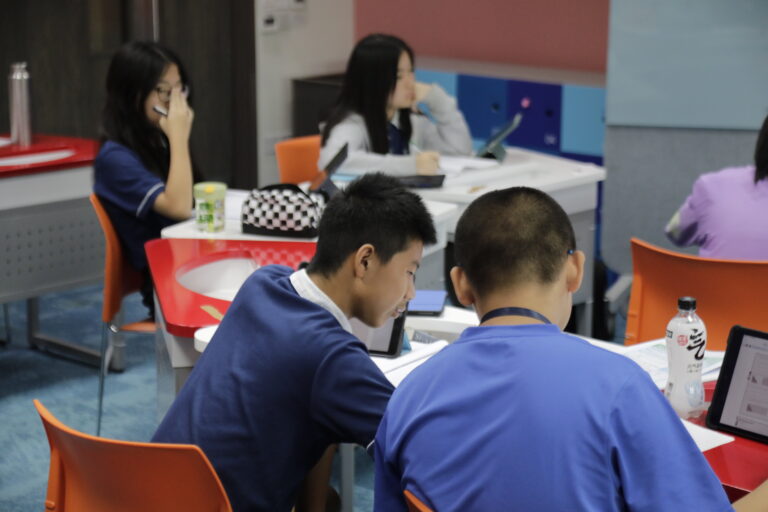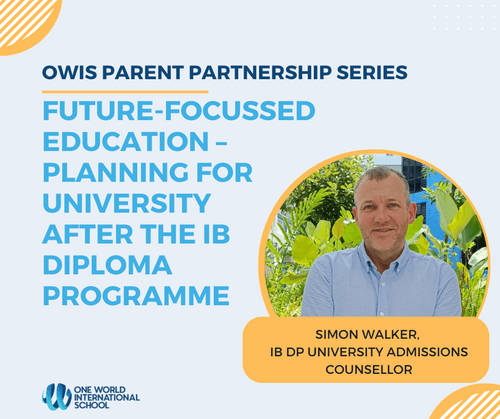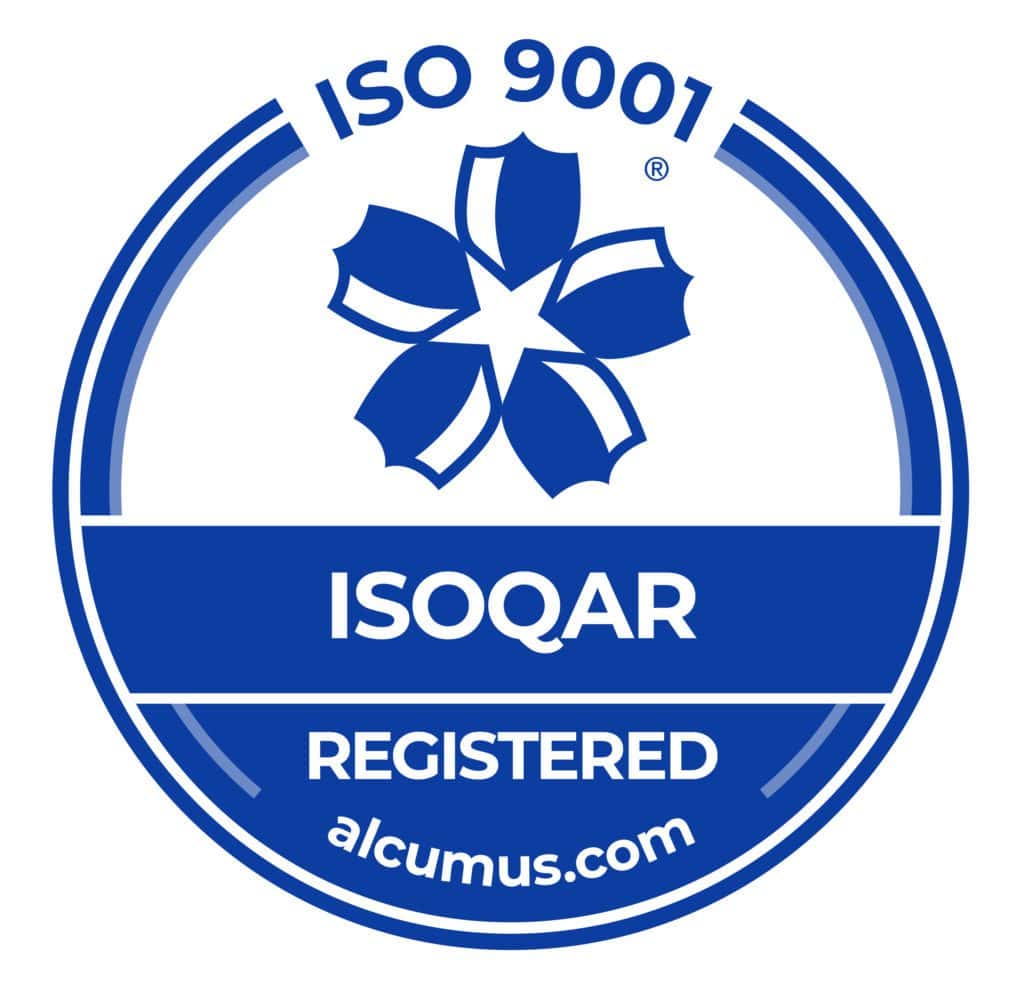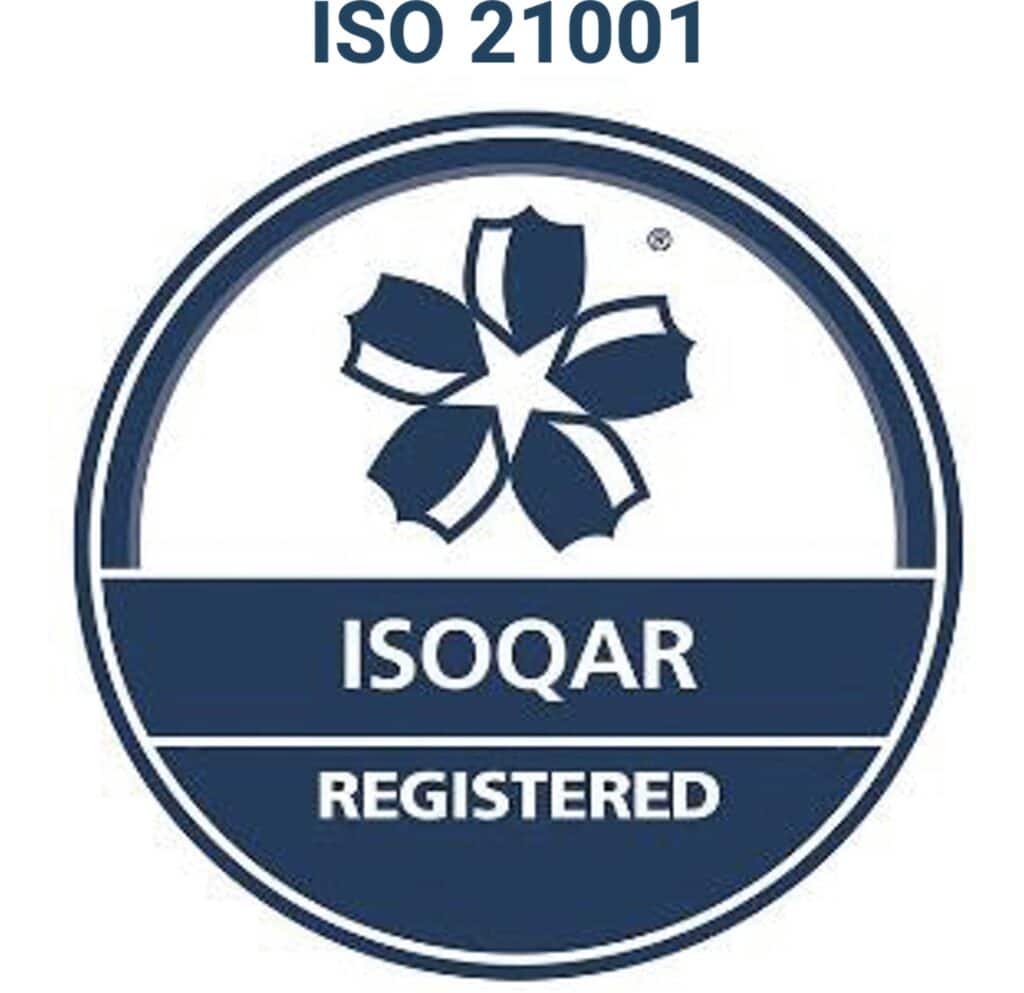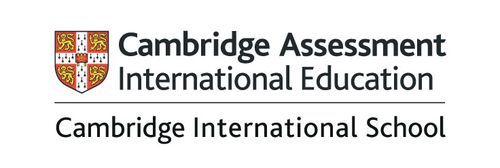There is so much to think about when finding a secondary school programme for your child. One of the most important factors to consider is the curriculum your child will be following. At One World International School, we use the modified Cambridge curriculum for our students in Grades 6-8 (ages 12-14). For our students in Grades 9 and 10 (ages 14-16), we align with the Cambridge International General Certificate of Secondary Education (IGCSE).
The IGCSE is a globally recognised programme that encourages students to develop a deep understanding of course content and has a rigorous academic standard, preparing students for the future. Here’s an overview of the IGCSE structure and assessments.
What Is the IGCSE?
Followed in more than 145 countries worldwide, the IGCSE is one of the most popular international qualifications for 14 to 16-year-olds. Comparable to the O-Level courses offered here in Singapore, it is recognised by universities across the globe.
If you’re familiar with the General Certificate of Secondary Education (GCSE) available in the UK, you may be wondering how it’s different from its international counterpart. In short, the IGCSE sets the curriculum in a more global context — and this also aligns with OWIS’ mission to promote international mindedness in our students.
The Cambridge IGCSE helps students build knowledge, concepts and skills through:
- Subject content
- In-depth investigations of topics through inquiry
- Applying what they learn in familiar and unfamiliar contexts
- Adaptability in the face of change
- Communicating and completing coursework in English
- Understanding and respecting other cultures
- Realising the impact of their choices and actions
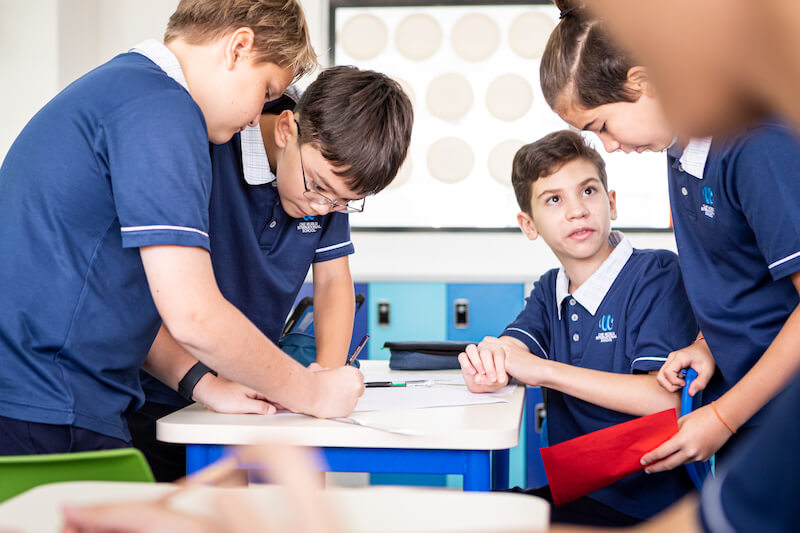
Structure of the Modified Cambridge Curriculum (Grades 6 to 8)
In secondary school, starting from Grade 6, students begin the modified Cambridge curriculum at OWIS. They take courses in English, Mathematics, Science, Geography, History, PE, Art, Music and a foreign language (Mandarin, with French and Spanish offered as additional foreign language options from Grade 8 onwards). Throughout the academic year, there are four key points of assessment. At the end of terms 1 and 3, teachers conduct evaluations to monitor learners’ progress. Students may also complete mini-extended essays so teachers can track their effort and study skills.
At the end of terms 2 and 4, teachers administer examinations to check students’ understanding of the course content. Scores are awarded based on subject-specific assessment and tracking by teachers, and criteria derived from progress ladders, rubrics and objectives established by Cambridge.
IGCSE: Structure and Subject Options
When students begin the two-year IGCSE programme in Grade 9, they take nine courses, six of which are required for all students:
- English (as a first language)
- English Literature
- Mathematics
- Co-ordinated Science
- Foreign Language
- PE (core, not examined)
Students also choose three courses from the following options:
- History
- Geography
- Business Studies
- Economics
- Computer Science
- Art & Design
- Music
- Global Perspectives
- PE – Examination
- Information and Communication Technology
- Drama
Additional mathematics is also offered as an option to students, subject to certain conditions.
Every year, we host an IGCSE orientation programme in March or April for parents and students of Grade 8, as they move into their final term before beginning the IGCSE. During this event, teachers help parents and students understand the various options available and the benefits of each subject area. Later, our Senior Secondary Coordinators spend one-on-one time with each student to help them make a final decision about their subject selections.
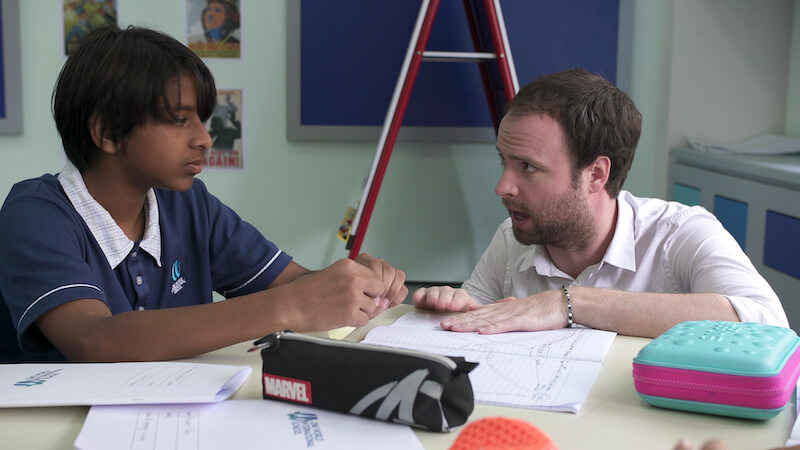
IGCSE Assessments
At OWIS, our teachers conduct internal IGCSE assessments throughout the school year. External IGCSE assessments take place at the end of the two-year course and consist of oral, written, coursework and practical assessments. These evaluations provide a variety of opportunities for students to demonstrate their knowledge and skills.
The internal assessments at OWIS help prepare students for the final examinations and highlight their strengths and areas of improvement so that they can adjust their study strategies accordingly. Students take mock examinations early in the third term of Grade 10 so they have an idea of what to expect when they take the actual tests.
After students sit for the final exams in May and June, their test papers are sent to external IGCSE examiners for grading. Grades are benchmarked to ensure consistent evaluations. After the exam board logs students’ scores and determines the final grades, it sends those grades to us in August. Students can receive an internationally recognised grade from A* to G. Students are considered to have done extremely well if they receive an A*, A, B or C grade.

Why the IGCSE is a Good Stepping-Stone to the IB DP
The IGCSE is ideal for preparing students to pursue the International Baccalaureate Diploma Programme (IB DP), which we offer for our students in Grades 11-12. IB DP and IGCSE assessments are administered under similar conditions, and students must complete examinations within specified time limits.
Those familiar with the structure of the IB Programme might expect that the IB Middle Years Programme (IB MYP) would be a better precursor to the IB Diploma since it’s part of the same framework. However, one disadvantage of the MYP is that it does not include external examinations. For a student progressing from the MYP to the DP, upper secondary school may be their first experience with external examinations. At OWIS, we believe that the IGCSE offers the best preparation for the IB Diploma Programme.
At OWIS, we provide our secondary school students with challenging, highly relevant curricula that equip them with essential skills to succeed at university, in the workforce and beyond. To learn more about how the IGCSE can enhance your child’s learning experience, get in touch with us for a school visit.
(This blog was originally written in collaboration with Ms Luna Deller, former Deputy Head of School, OWIS Nanyang.)
